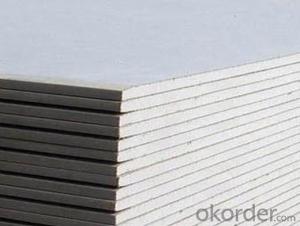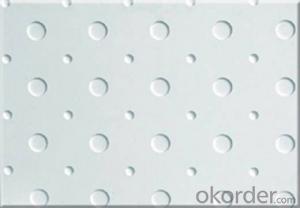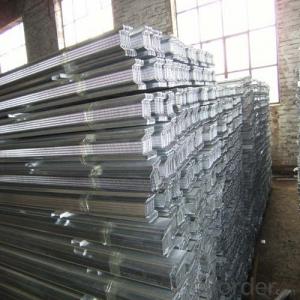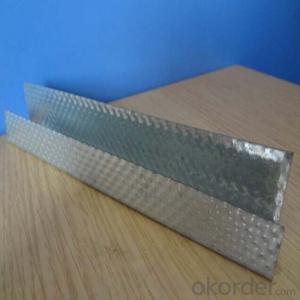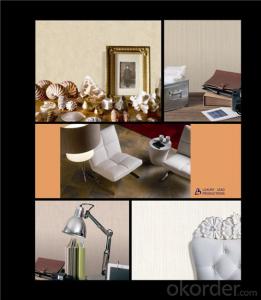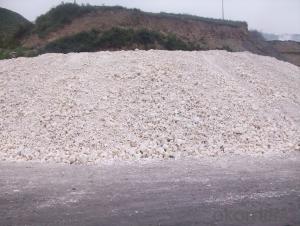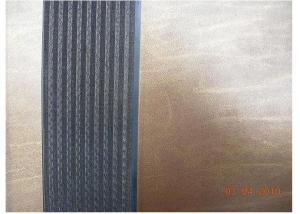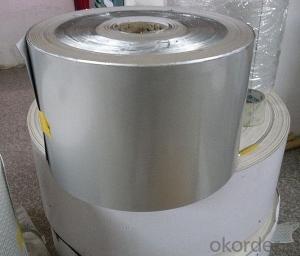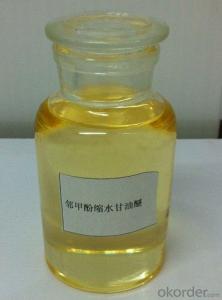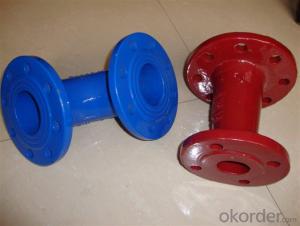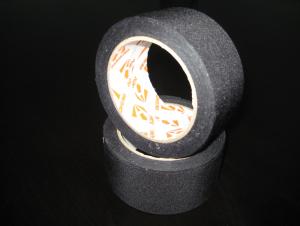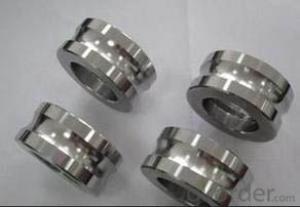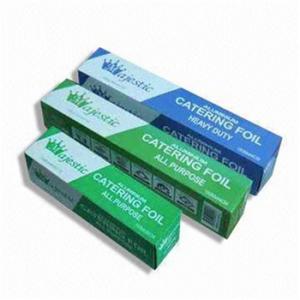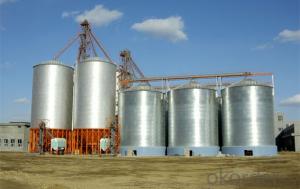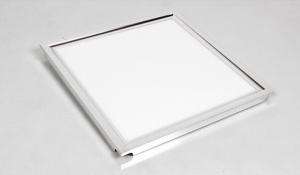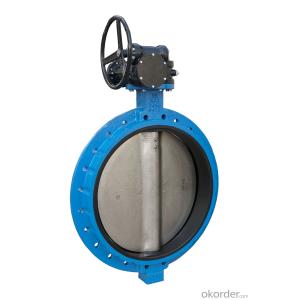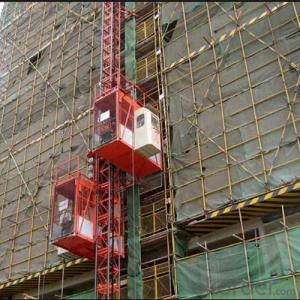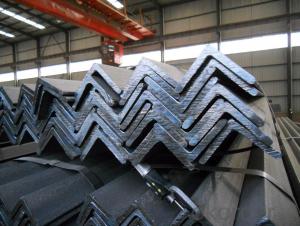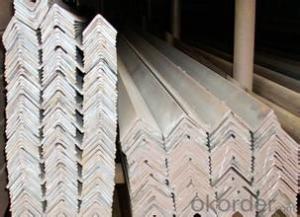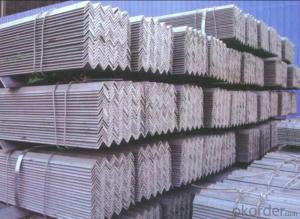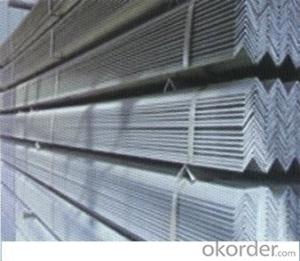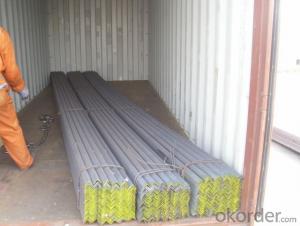Iron Raw Material
Iron Raw Material Related Searches
Raw Material For Solar Cells Ac Inverter For Solar Panels Plastic Wall Coverings For Bathrooms Fiberglass Sheets For Roofing Heat Reflective Material For Roof Wall Panels For Basement Felt Paper For Roofing Retaining Wall With Geogrid Plastic Coated Steel Roofing Sheets High Quality Roofing FeltHot Searches
Steel Mesh Panels For Sale Cheap High Tea Sets For Sale Cheap Solar Cells For Sale Q Cells Solar Panels For Sale Used Foam Board Insulation For Sale Welded Wire Panels For Sale Types Of Temporary Side Panels For Cement Deck Fiberglass Panels For Sale Magnesium Oxide Board For Sale Hdf Board For Sale sintra board for sale Cheap Mini Laptops For Sale Plywood For Sale Cheap Sandwich Panels For Sale resin panels for sale Cheap Washers For Sale Cheap Tall Vases For Sale Eps Panels For Sale Air Conditioner For Cheap Prices Gypsum Board Price Per Sheet In IndiaIron Raw Material Supplier & Manufacturer from China
Okorder.com is a professional Iron Raw Material supplier & manufacturer, offers integrated one-stop services including real-time quoting and online cargo tracking. We are funded by CNBM Group, a Fortune 500 enterprise and the largest Iron Raw Material firm in China.Hot Products
FAQ
- Signage can indeed utilize steel angles. These versatile and durable structural elements can be effortlessly fabricated and installed in a wide range of applications, including signage. With their exceptional strength and stability, steel angles are ideal for supporting heavy or sizable signs. Moreover, they can be joined through welding, bolting, or riveting, facilitating design flexibility and customization. By painting or coating them, their aesthetic appeal can be enhanced while safeguarding against corrosion, thereby guaranteeing the longevity of the signage. In summary, steel angles provide a dependable and sturdy solution for signage installations.
- Some of the different manufacturing processes for steel angles include hot rolling, cold rolling, and extrusion.
- The common finishes available for steel angles include hot-dip galvanized, painted, and untreated/raw.
- How to determine the neutral axis of the angle bar?
- The neutral axis is a line which is the intersection of the neutral plane and the neutral axis corresponding to the strong axis of the cross section. The neutral axis is equal to the bisector of the sectional area parallel to the curved main axis, and the area on both sides of the neutral axis is equal, and the biaxial symmetry section is the centroid axis.
- Yes, steel angles can be used as lintels or supports for openings. Steel angles are commonly used in construction to distribute the load from above openings such as windows and doors, providing structural support and stability. They are strong, durable, and can be easily customized to fit the required dimensions, making them a suitable choice for lintels or supports in various construction projects.
- Steel angles perform well under high temperatures as they have a high melting point and exhibit good thermal conductivity. They retain their strength and structural integrity, making them suitable for use in various applications such as construction, manufacturing, and industrial processes that involve elevated temperatures.
- Steel angles serve as suitable support for beams or columns. These L-shaped steel members find extensive usage in construction and engineering ventures. Their strength and stability make them particularly ideal for supporting beams or columns. Steel angles effectively provide structural support by transferring the load from the beams or columns to the foundation or other structural components. They often act as brackets or braces, reinforcing the beams or columns and preventing any buckling or bending when exposed to heavy loads. The adaptability of steel angles allows for easy welding, bolting, or connection to the beams or columns. They can be tailored to fit specific project requirements, granting flexibility in design and construction. Moreover, steel angles possess durability and corrosion resistance, rendering them suitable for both indoor and outdoor applications. They offer various dimensions and thicknesses, enabling engineers and architects to select the appropriate angle measurements based on the load and span of the beams or columns. Overall, steel angles present a dependable and cost-effective option for supporting beams or columns in construction projects. They offer strength, stability, and versatility.
- Yes, steel angles can be used for stairs in industrial settings. Steel angles are commonly used in industrial construction due to their strength, durability, and ability to support heavy loads. They provide structural support and stability, making them suitable for staircases in industrial settings where safety and reliability are crucial.
